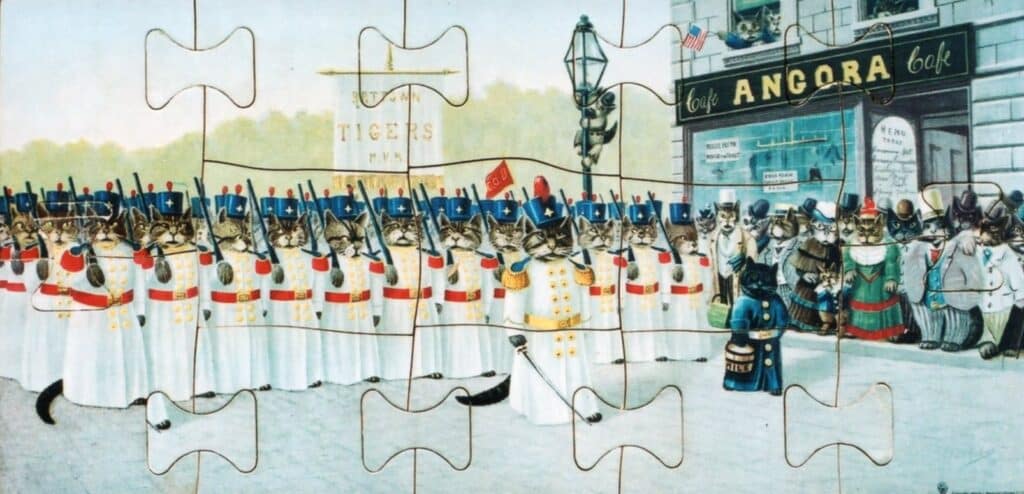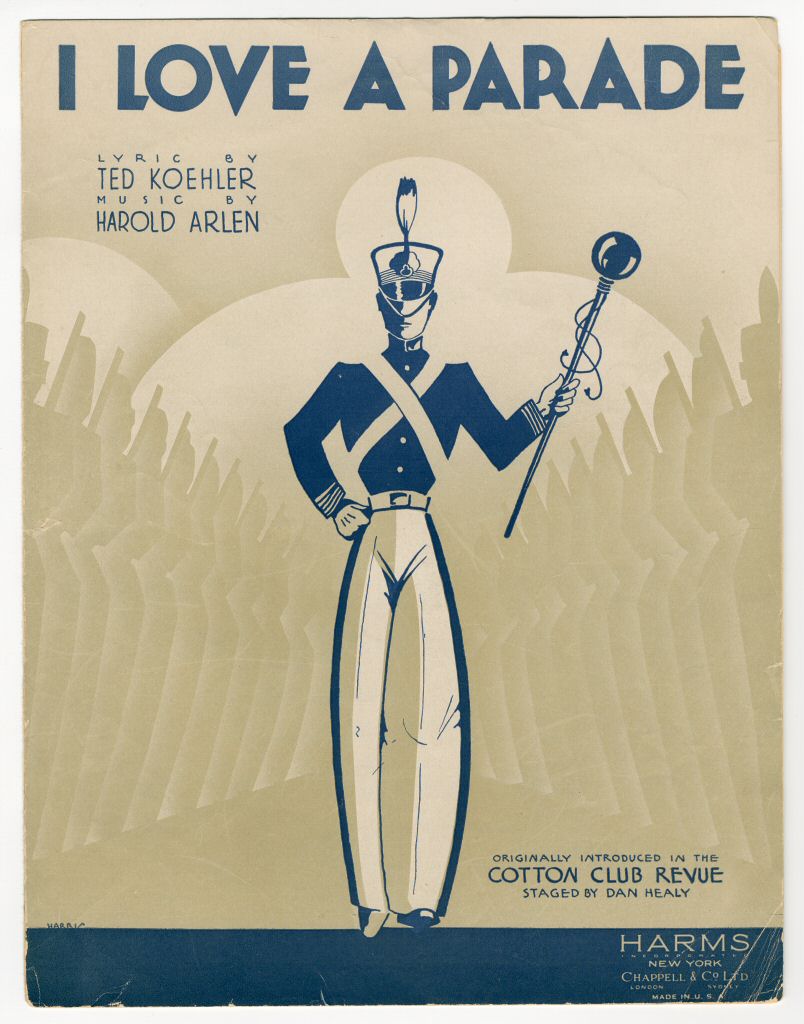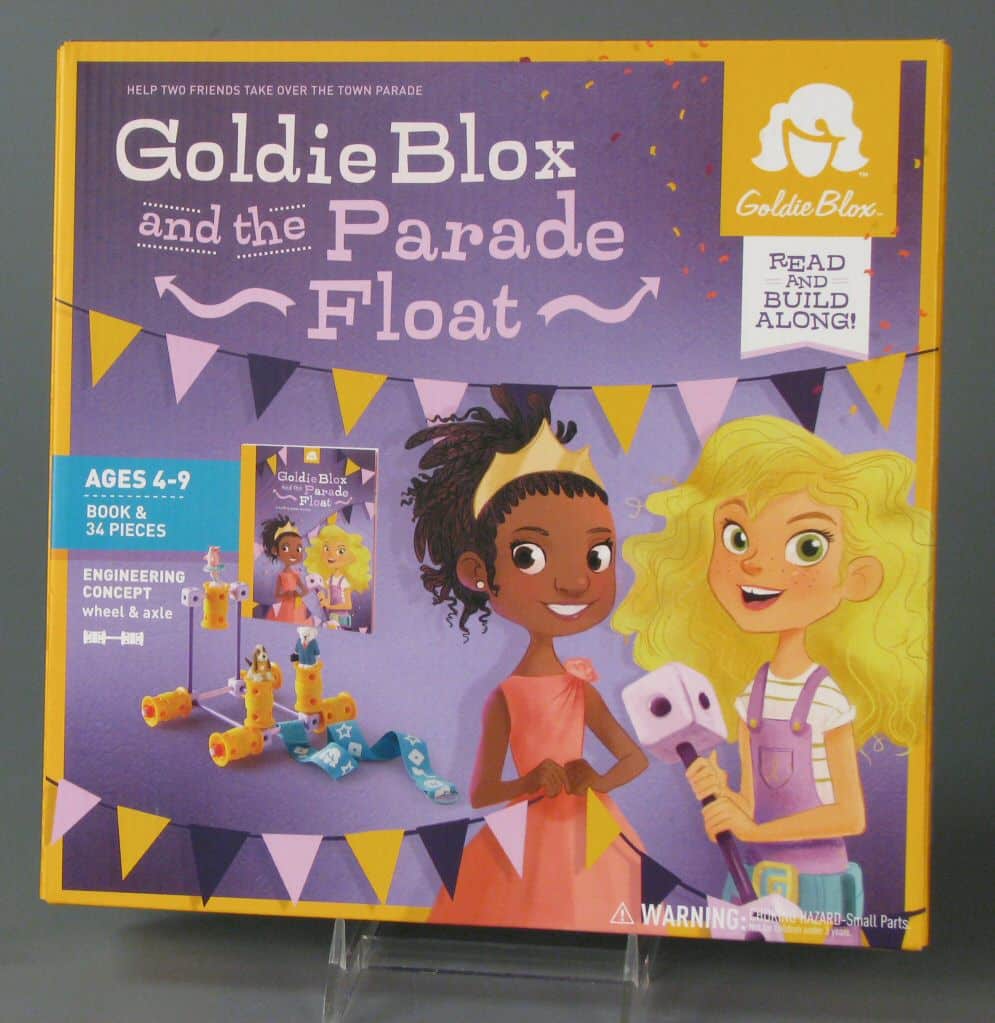
“I love a parade.”
Or at least that’s what the rousing chorus of Harry Richman’s 1932 song proudly boasts.
Barbara Streisand shares similar enthusiasm in the popular 1964 musical (and 1968 film adaptation) Funny Girl while belting out the now iconic song “Don’t Rain on My Parade”. The song has continued to experience popularity in the zeitgeist in the decades since, with a particularly memorable (albeit brief) rendition by Robin Williams in the 1993 film Mrs. Doubtfire.

So, what makes parades so popular? They’ve inspired countless toys, games, and other playthings. When and where did this practice begin? And —perhaps most important— who was the first to start throwing candy?
According to Merriam-Webster, the origins of the very word “parade” was originally derived from the French in the 1600s and was used to refers to a pompous show or exhibition of sorts rather than the traditional public procession that most of us picture upon hearing the word. The English use of the word evolved a bit more over time, to develop other meanings. Merriam goes on to note that in the 1700s the word is used both as a noun and a verb. The former to describe “a long series of people or things that come one after the other” and the latter describing someone showing off such as “parading up and down the street” which also fits with the idea of a pompous exhibition.
While the majority of parades we may be familiar with are largely celebratory—holiday parades, homecoming parades, ticker tape parades to celebrate victory— parades of centuries past were often somber events, such as a funeral procession, a point I’d not considered previously. Also interesting is the origin of the term “float” which refers to large, decorative pieces included in parades, often towed or self-propelled in the procession. The term was first used to describe decorated barges that were towed along canals by ropes, as bystanders looked on from the shoreline. While canal parades may be few and far between these days, the term float seems to have stuck.

As children, many of us likely attended parades and eagerly awaited any candy, prize, or small trinkets tossed from the passing cars and floats. In my experience, Mini Tootsie Rolls seemed to be a staple of the parade candy lineup, followed closely by Double Bubble gum. As small spectators among the crowd-lined streets, my friends and I would cheer and wave our arms furiously to make ourselves as big and visible as possible in the hopes of having treats thrown squarely in our direction.
Today, parades are still going strong, many of which are annual celebrations known nationwide such as the Inaugural Parade in Washington, The Pride Parade in New York City, The Rose Parade in Pasadena, and of course, the Macy’s Thanksgiving Day parade complete with elaborate floats and mammoth-sized balloons depicting popular characters and icons. One such balloon plays a role in an early episode of the popular series Friends, titled “The One Where Underdog Gets Away.”
While the COVID-19 pandemic may have put traditional parades on pause for a bit, it also was a catalyst for a new type of parade. In 2020 friends, family, and neighbors everywhere took to decorating their cars with balloons, streamers, and paint to create a festive honking procession of socially distant, enthusiastic passersby to celebrate birthdays, graduations, anniversaries, and other events.
So while we wait tentatively for our favorite parades to resume along crowd-lined streets, keep an eye out to enjoy your local neighborhood car parades, laugh along with Friends as Underdog roams free above Manhattan, or create your own parade at home with kids and even pets. It’s a great way to turn any day into a celebration. After all, it seems Harry Richman isn’t the only one who loves a parade.



